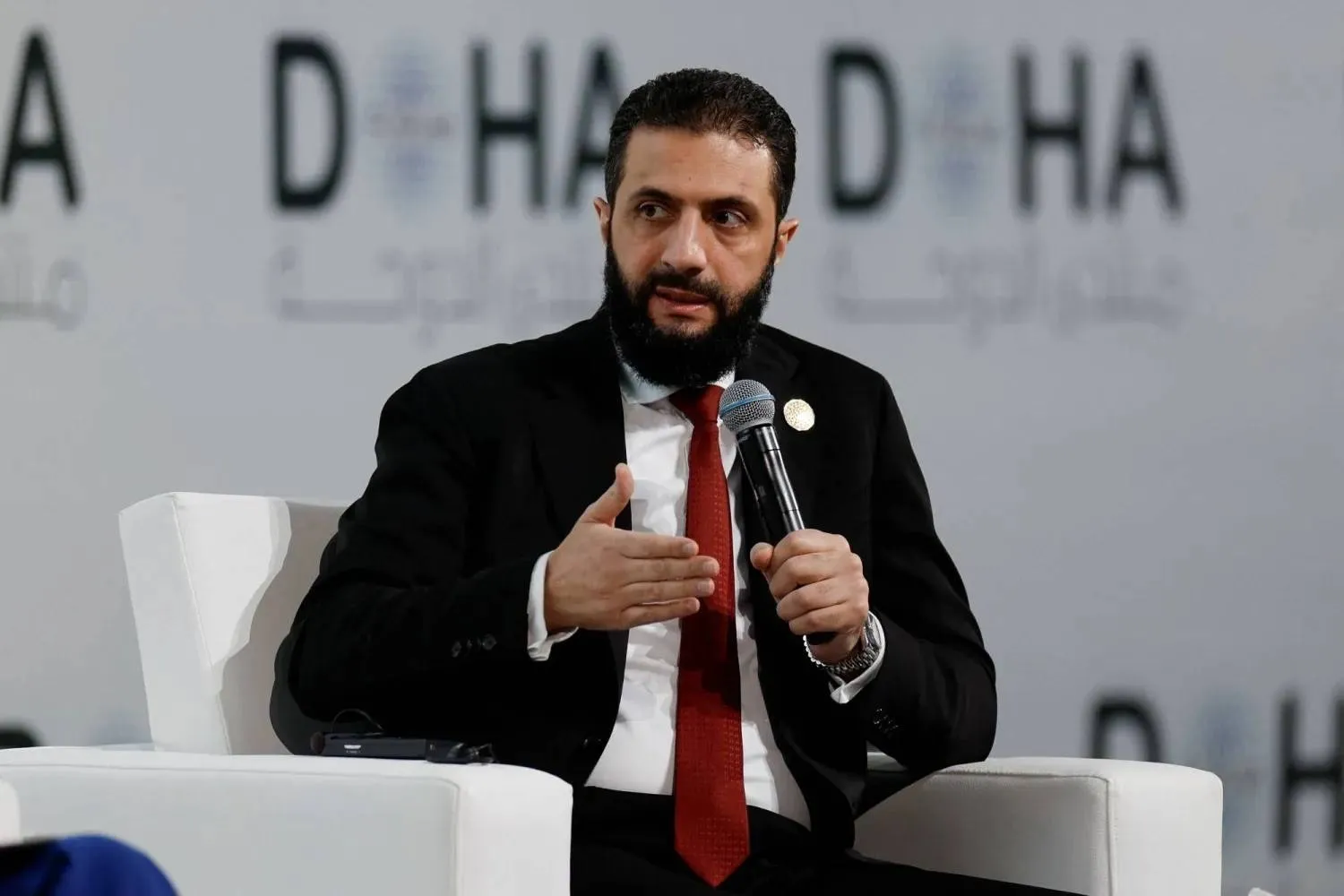Since Israel resumed its military campaign in Gaza on March 18, Hamas has suffered significant setbacks, including the assassination of leaders across various ranks.
Sources within the group, speaking to Asharq Al-Awsat on condition of anonymity, revealed that Hamas has conducted what it described as “revolutionary trials” for individuals detained in areas where its leaders and other factions have been targeted by Israeli airstrikes and assassinations.
Some detainees accused of espionage have already been executed, while investigations into others are ongoing, the sources said.
The sources did not disclose the number of executions but acknowledged that Hamas has been affected at “political, military, and governmental levels.”
In response to the intensified Israeli operations, the group has implemented stricter security measures, they added.
High-Profile Targets
Israeli strikes have continued unabated, focusing on senior Hamas figures. The latest target was Hamas spokesman Abdel Latif al-Qanoua, who was killed early Thursday when an Israeli missile hit his tent inside a shelter in the Arda Halawa area of Jabalia, northern Gaza.
Israel also assassinated Ashraf al-Gharbawi, a senior intelligence officer with Hamas' armed wing, the Izz al-Din al-Qassam Brigades, in an airstrike targeting him and his family in an apartment in the Arda al-Shanti area of northern Gaza, sources told Asharq Al-Awsat.
The same sources said Israel also killed Ahmed al-Kayyali, who coordinated intelligence operations between the Qassam Brigades and Hamas’ internal security service in Gaza. Al-Kayyali was assassinated early Thursday in a strike on an apartment in Gaza City’s Al-Nasr neighborhood.
Since resuming its offensive, Israel has carried out a series of targeted assassinations, killing five members of Hamas’ political bureau: Mohammed al-Jamassi, Yasser Harb, and Issam al-Da’alis—who were killed in separate strikes on the first night of renewed fighting—along with Salah al-Bardawil and Ismail Barhoum, who were assassinated in subsequent operations.
Also killed on the first night were Ahmed al-Shamali, deputy commander of the Qassam Brigades’ Gaza Brigade; Osama Tabash, a key intelligence leader in the brigades; and Jamil al-Wadiya, commander of the Shuja’iyya Battalion, along with several other field commanders and government officials.
Israeli Intelligence Gains Raise Questions After Hamas Leader Killings
Israel’s ability to track and assassinate a large number of Hamas leaders has raised questions about how it updated its intelligence after struggling to locate high-level targets during the first phase of the Gaza war.
Field sources in Gaza told Asharq Al-Awsat that Israel “exploited several factors during the fragile 58-day ceasefire” to refresh its target database, particularly focusing on field commanders—some of whom had survived multiple assassination attempts during the conflict.
According to the sources, Israel intensified its intelligence-gathering efforts during the truce, deploying advanced surveillance drones equipped with artificial intelligence and other technologies to track high-value targets.
It also conducted targeted eavesdropping on specific areas, comparing intercepted calls with previous recordings from past years to identify and locate individuals.
Israel’s ability to carry out assassinations in Gaza has been bolstered by the deployment of small surveillance devices dropped by drones and the planting of hidden spy equipment and cameras by ground forces during earlier incursions, sources told Asharq Al-Awsat.
Many of these devices remain undetected, the sources added.
Prisoner Handovers Exposed Vulnerabilities
The sources said Israel exploited a security gap during the military parades held by Palestinian factions while handing over Israeli hostages. These public events allowed Israeli intelligence to track fighters and field commanders.
“Israel has been targeting vehicles that took part in these parades, launching heavy strikes against them in recent days,” the sources said.
Israeli estimates suggest more than 100 vehicles were involved in Hamas’ parades, some of which may have also been used in the October 7, 2023, attacks.
Hamas sources confirmed that several al-Qassam Brigades commanders who participated in the prisoner handovers were later targeted, citing the killing of Jamil al-Wadiya, commander of the Shuja’iyya Battalion, as an example.
Israeli intelligence has also tracked Hamas military figures as they moved to reorganize their ranks in preparation for the next phase of fighting, while members of the group’s political bureau and other key figures were assassinated after being observed engaging in increased activity, sources revealed.
No Safe Options
Despite issuing security directives during the ceasefire to counter Israel’s intensified intelligence operations, the warnings “were apparently insufficient,” the sources said.
They acknowledged that one major obstacle to avoiding detection is the harsh reality in Gaza, where Hamas and other Palestinian factions lack secure hideouts to evade Israeli surveillance.
Several senior Hamas and Qassam Brigades commanders were killed while sheltering in tents in displacement zones, highlighting the lack of safe options, the sources said.
Others were targeted at their homes along with their families, while some were killed after seeking refuge in apartments they did not own.
The sources also confirmed that Palestinian factions have lost significant portions of their tunnel network, which previously served as command centers to manage military operations.









